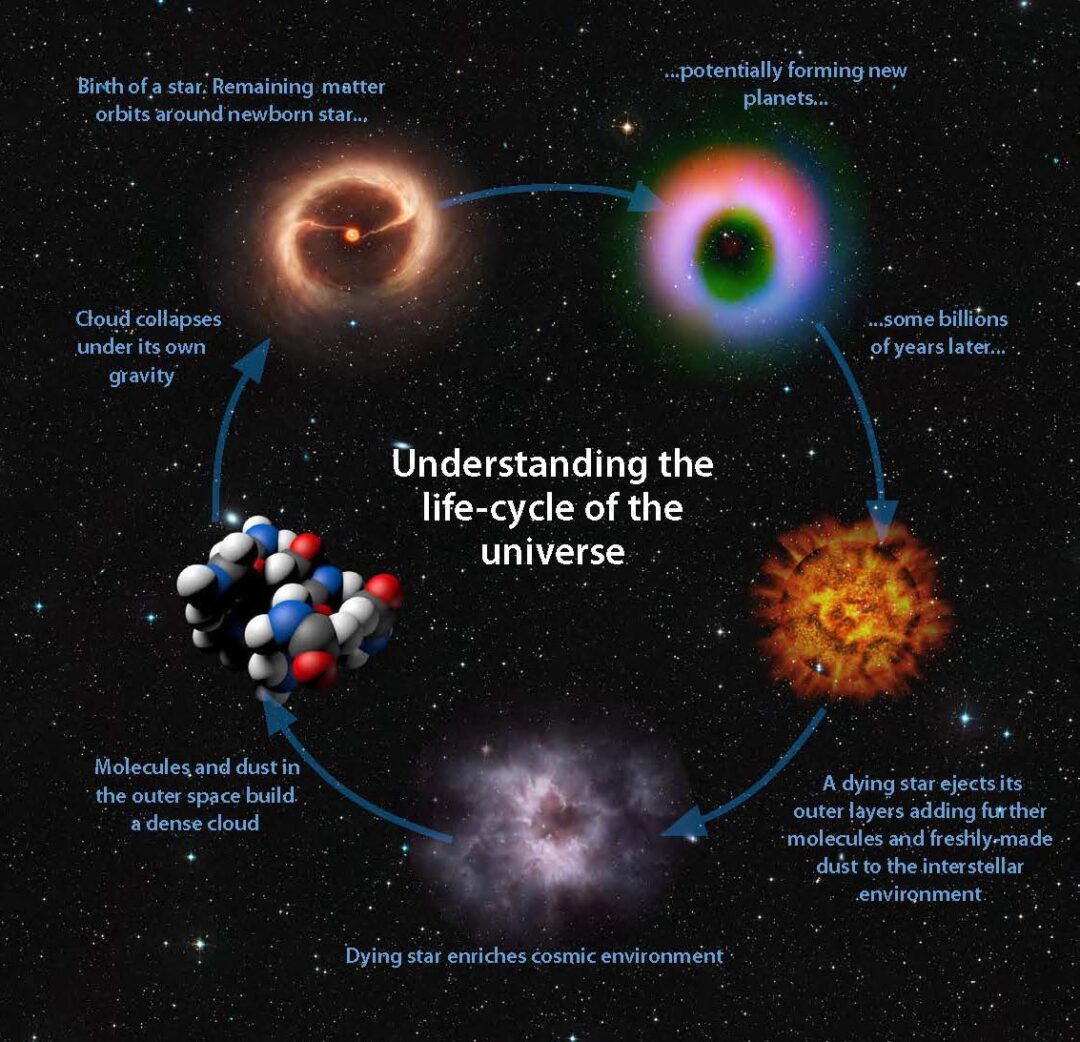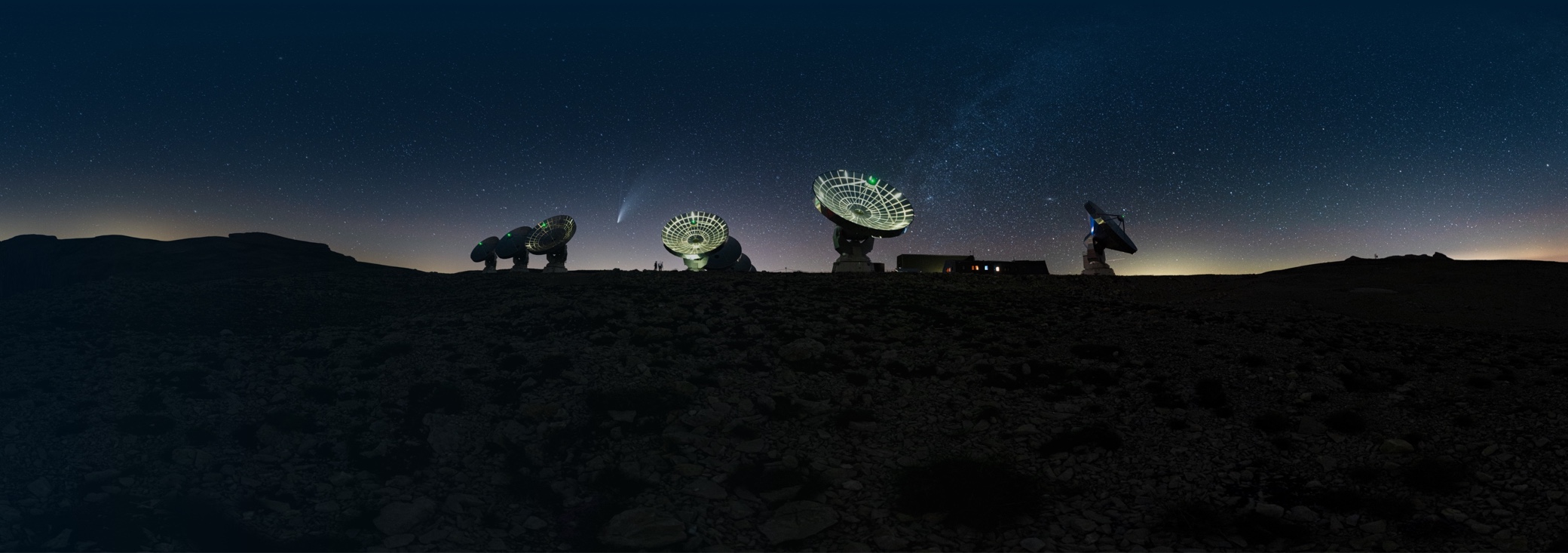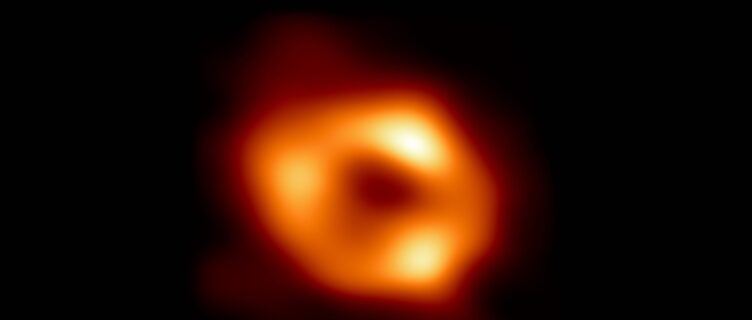Seeing the invisible
Did you know that each cosmic object emits different categories of light depending on its age, composition and temperature: visible and ultraviolet light but also infrared and radio waves ?
In order to get a complete image of a cosmic object, its origins and its evolution, modern-day astronomy combines observations from several different wavelengths, all complementary to one another.
Radioastronomy plays an essential role in this regard. Compared to optical astronomy, which is sensitive to the hot universe (stars are generally a few thousand degrees Celsius), radiotelescopes that operate in the millimeter wavebands, such as the NOEMA observatory, probe the cold universe (around -250 degrees Celsius).
Millimeter radioastronomy is therefore able to detect what is invisible to optical telescopes : cosmic dust, interstellar molecules and even star formations hidden behind clouds of dust.

Finding answers
This data allows IRAM to probe some of the most fundamental questions in modern-day astronomy : where do the key elements of life come from and do they already exist in space?
Thanks to the precious data collected by our observatories, scientists around the world can better understand the key elements of star and galaxy formation, observe galaxies and quasars at the outer limits of the universe and understand the evolution of the universe over time.

Most chemical elements like iron or oxygen, are formed inside stars. At the end of their life most stars eject these elements into space, enriching the surrounding interstellar environment. Yet, we still do not understand exactly how these elements group together to form complex prebiotic molecules, the basic components of human DNA.
Searching for this missing link is one reason why it is crucial to understand exactly how stars are born and how they eventually form new planets around them and – at the end of their life – how they die. However, stars are born in opaque clouds, surrounded by gas and dust which makes it very difficult to get a glimpse of their birth process.
NOEMA and the 30-meter telescope are the ideal instruments to observe the life-cycle of stars. They are able to penetrate dense clouds of gas and dust, revealing the hidden secrets of star formation, and allow scientists to track and study them.
Learn more about our work
Our latest updates
Explore all the latest news from our research and technology groups and never miss out on important upcoming events.













